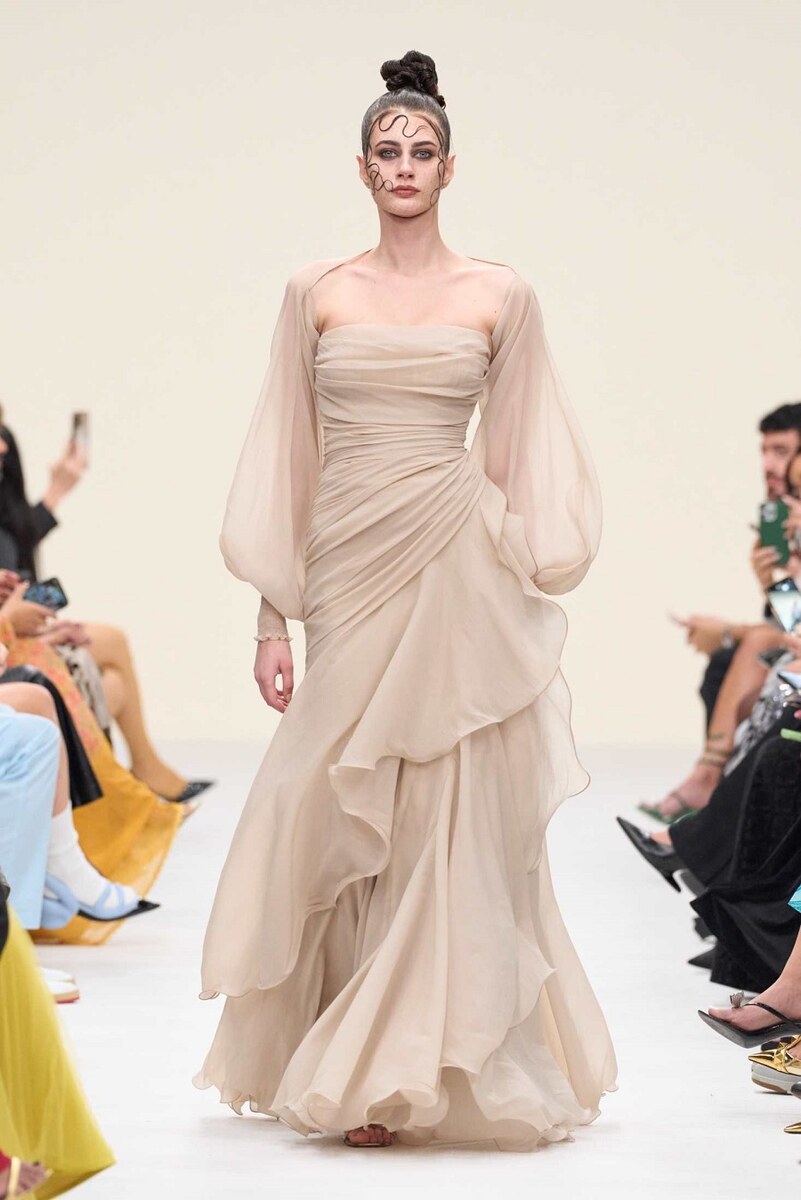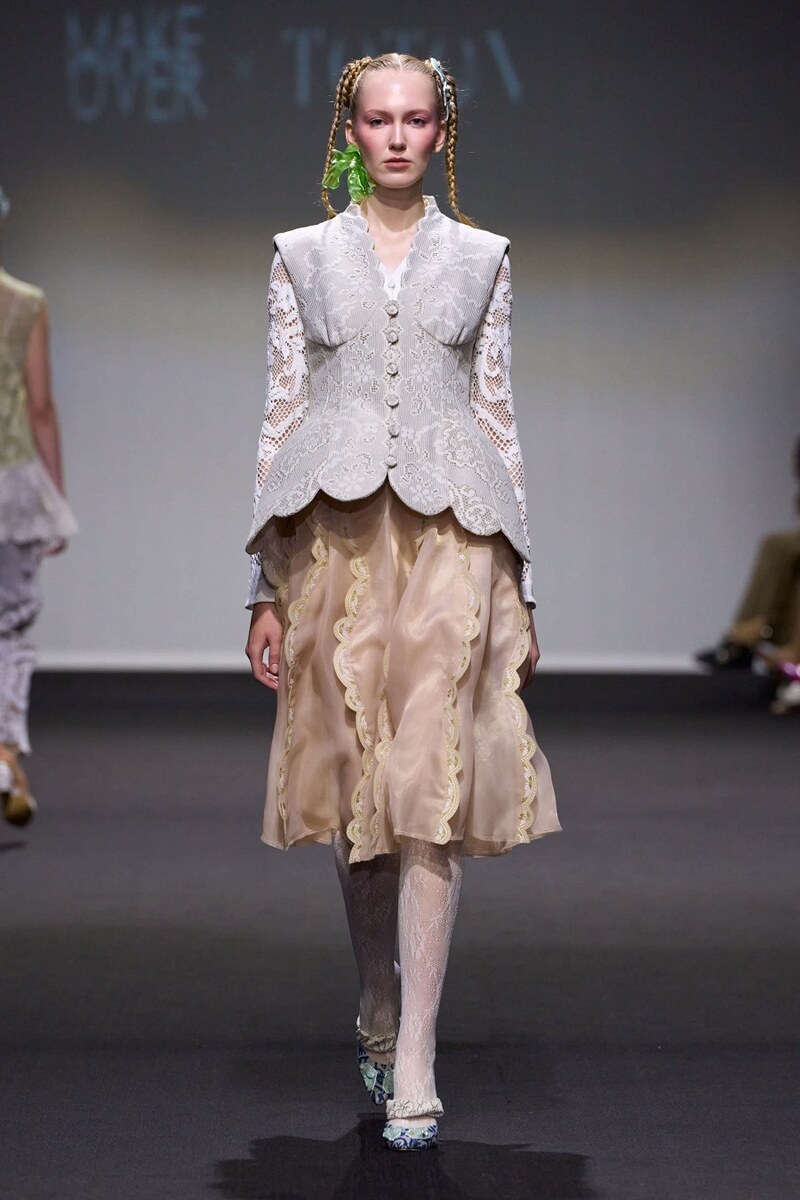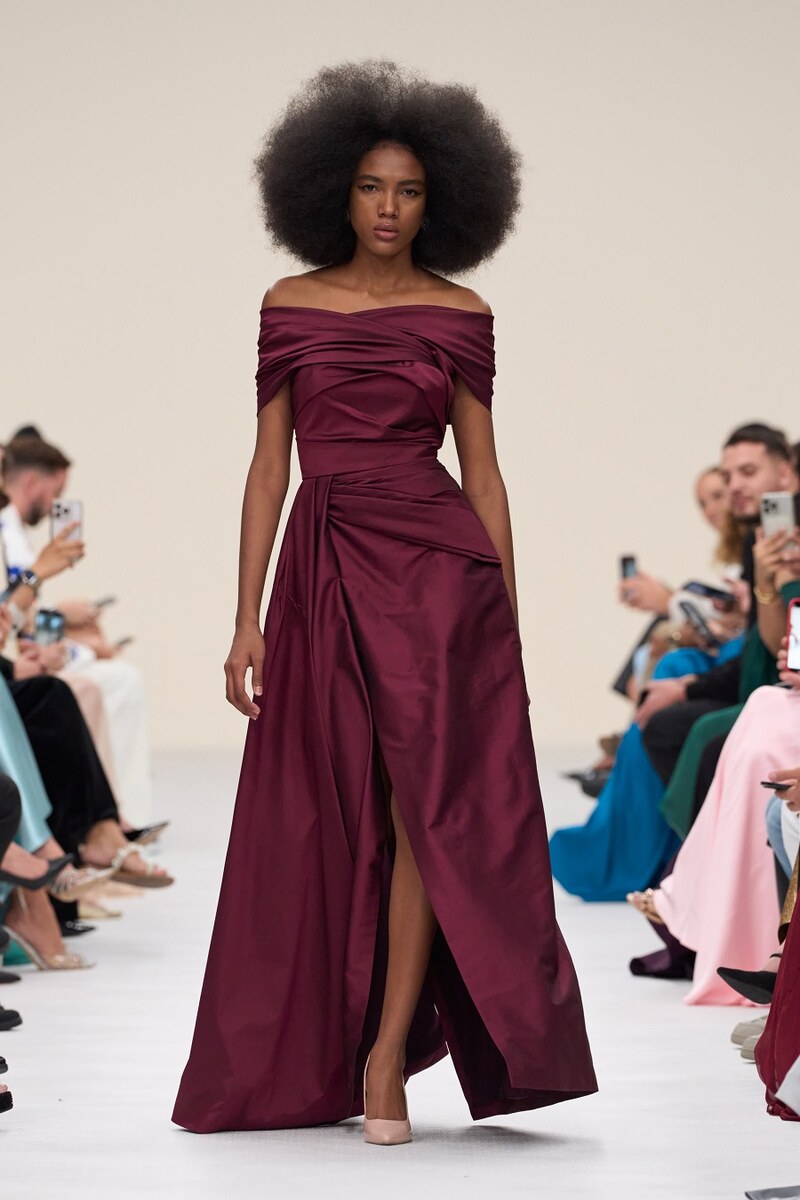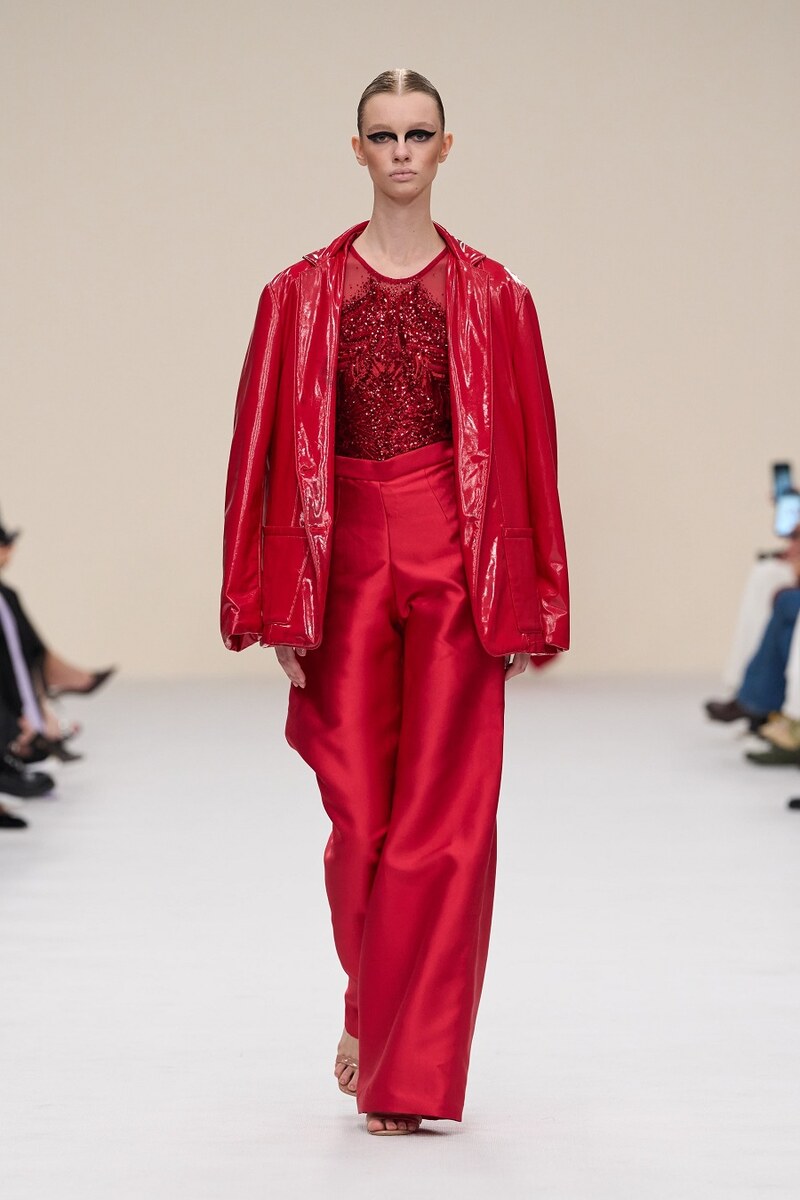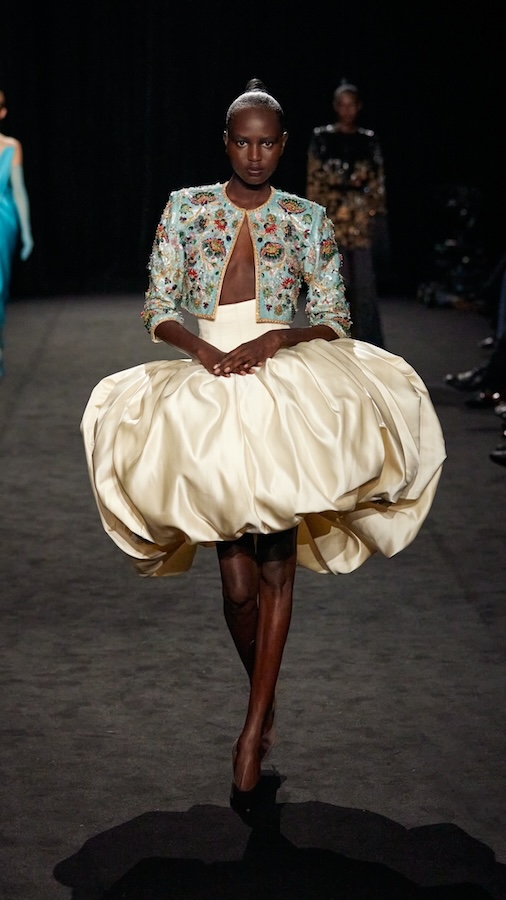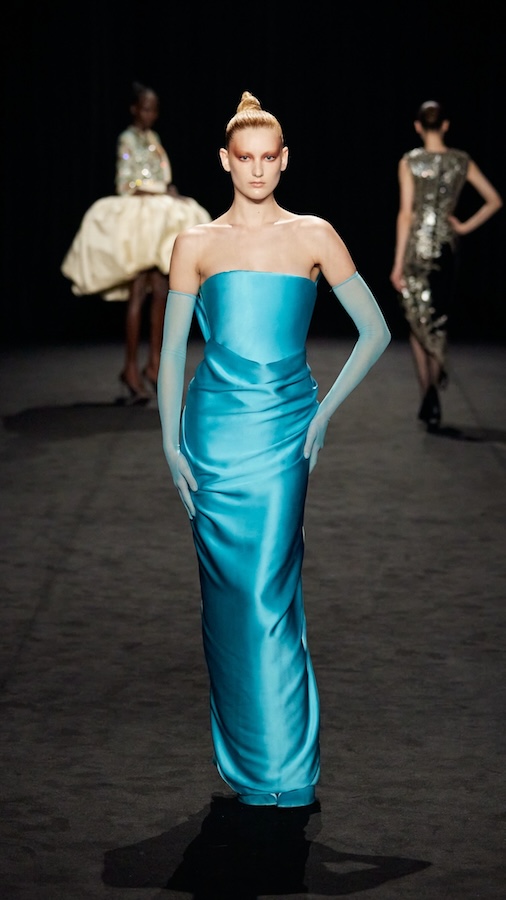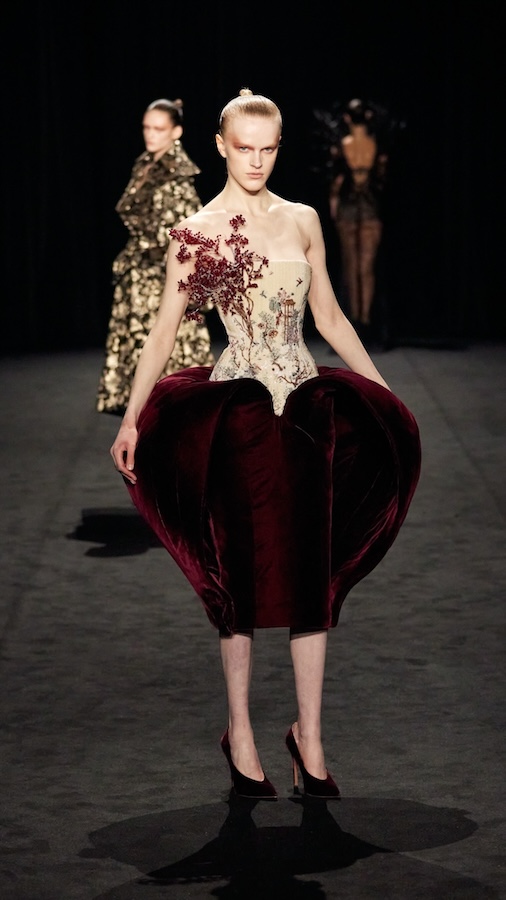DUBAI: An exhibition presenting the artistic visions of designers from Qatar and Morocco will open at the Museum of Islamic Art in Doha, Qatar.
“Crafting Design Futures” will open on Nov. 30 as part of the Qatar-Morocco 2024 Year of Culture.
On show will be specially created works by nine designers from Qatar and Morocco, with characteristics intrinsic to each maker’s homeland and culture.

Moroccan artist Hmaza Kadiri in his studio. (Courtesy of Design Doha 2024)
Curated by Gwen Farrelly, the exhibition, which runs until Jan. 7, 2025, will feature new works by designers from Qatar and Morocco created during Design Doha Residency Program 2024 Qatar | Morocco: Crafting Design Futures.
The residency program, staged under the auspices of Design Doha, a biennial event launched in 2024 to creative innovation from the Middle East and North Africa region, aims to foster long-term exchanges of knowledge, craft and design practices.
“A key objective of the biennial is to establish networks of exchange and collaboration among regional designers, which is where the Design Doha Residency Qatar | Morocco: Crafting Design Futures plays a crucial role,” Farrelly said. “This program explores the connections between contemporary craft practices and innovative design through an exchange between Moroccan and Qatari makers.”

Majdulin Nassrallah in front of artwork by Sara Ouhaddou. (Courtesy of Design Doha 2024)
Designers based in Qatar include Nada Elkharashi, Reema Abu Hassan, Majdulin Nassrallah and Abdulrahman Al-Muftah, all of whom interpreted traditional Moroccan craft-making skills acquired during the exchange program to design multifunctional installations, products and artistic displays, while also highlighting important cultural narratives.
Simultaneously, in Morocco, Amine Asselman, Bouchra Boudoua, Amine El-Gotaibi, Hamza Kadiri and Sara Ouhaddou focused on earthworks, textiles, wood craftsmanship, ceramic and glass installations and pottery.
Through the residency artists offered a first-hand experience for participants to learn from expert artisans and craftspeople in each country.
The Moroccan artists participated in a two-week research residency in Qatar at the Liwan Design Studios & Labs and Torba Farm, immersing themselves in the local culture and traditions.
Participants from Qatar, in turn, traveled to Morocco, visiting studios and artisan schools in Rabat, Casablanca, Marrakech and Fes to gain insights and inspiration from the rich Moroccan craft traditions.
The designers from both countries, Al-Obaidly said, “immersed themselves in each other’s craft traditions — ranging from ceramics to textiles — and developed new works that reflect and support the heritage and contemporary practices of their cultures.”
Abdulrahman Al-Muftah’s work, for example, incorporated wood — a material that is not commonly associated with Qatar.
“It was so valuable to our ancestors and why I chose to work with this material for the Crafting Design Futures exhibition,” he told Arab News. “Wooden beams were traditionally used to construct roofs, often dictating room dimensions. These beams were never cut to size, becoming a distinct design element in heritage buildings, visible in the protruding ends that symbolize traditional construction practices.”

Amine El-Gotaibi Studio. (Courtesy of Design Doha 2024)
The piece Al-Muftah created for the exhibition is his own interpretation of woodworking. He was particularly inspired by Moroccan artist Hamza Kadiri’s woodwork, highlighting his artistry native to his North African homeland, which also reflected the important element of cultural exchange through the residency and exhibition.
“In Kadiri’s hands, hardwoods become as malleable as clay, with household furniture items emerging as if they were poured into shape,” he said. “My piece for the Crafting Design Futures exhibition is my interpretation of woodworking, drawing on Kadiri’s innovative techniques to create something uniquely my own.”
The goal is the exhibition goes beyond the beauty and innovation of the works on show to reflect the mission of Qatar’s Years of Culture to transcend borders and culture through creativity.
“Crafting Design Futures demonstrates the transformative impact of finding inspiration through shared experiences that draw on the wisdom of our ancestors, our lifestyles, and our deep-rooted connections with our societies, landscapes and environment — all of which collectively shape our unique perspectives, creative endeavors and shared narratives,” Al-Obaidly said. “Designing opportunities for creatives to engage in programs that have the capacity for such deep experiences is crucial to nurturing talents within the MENA region.”








